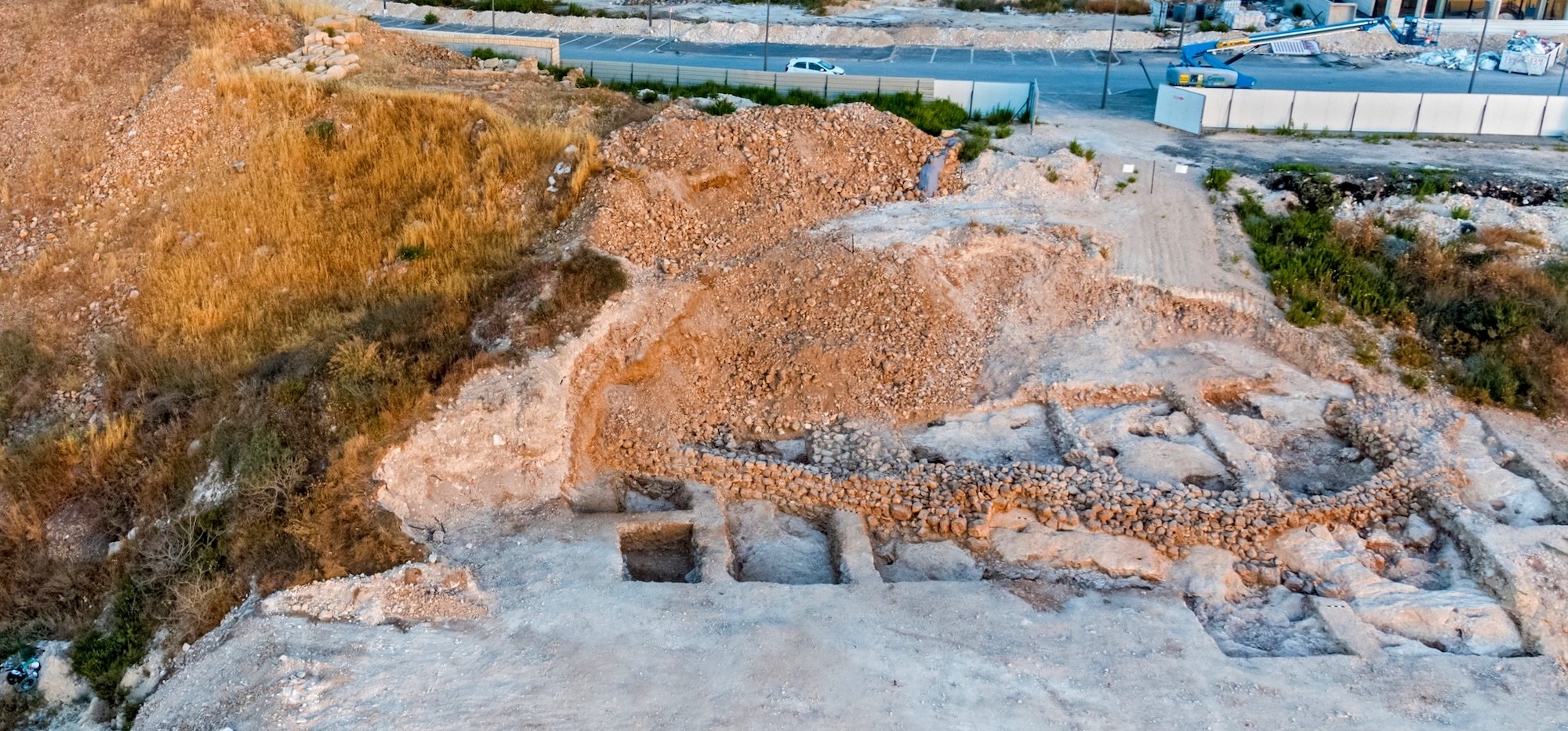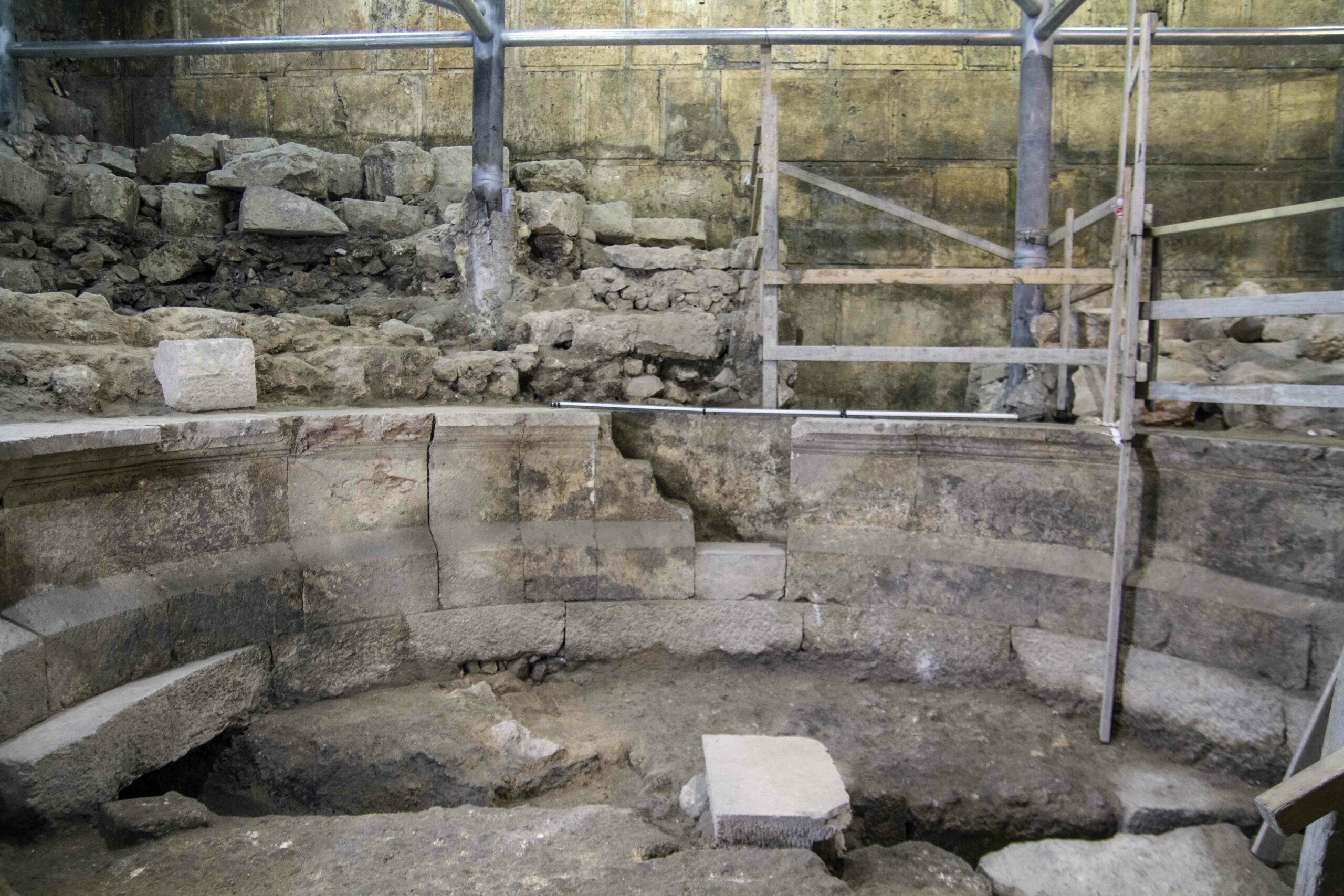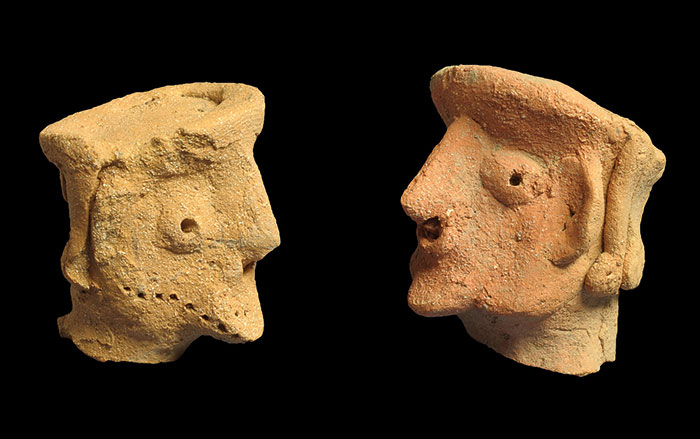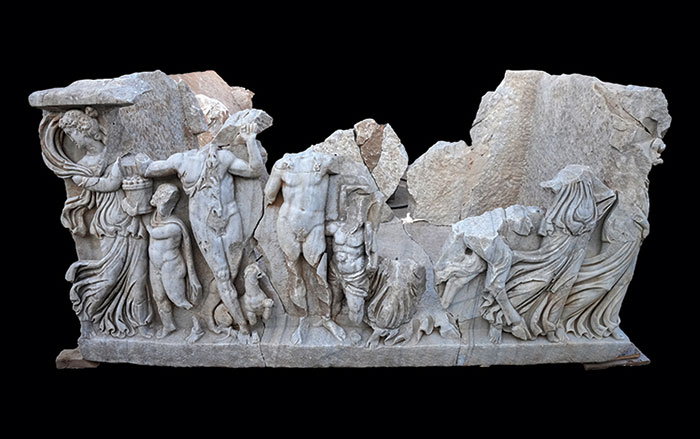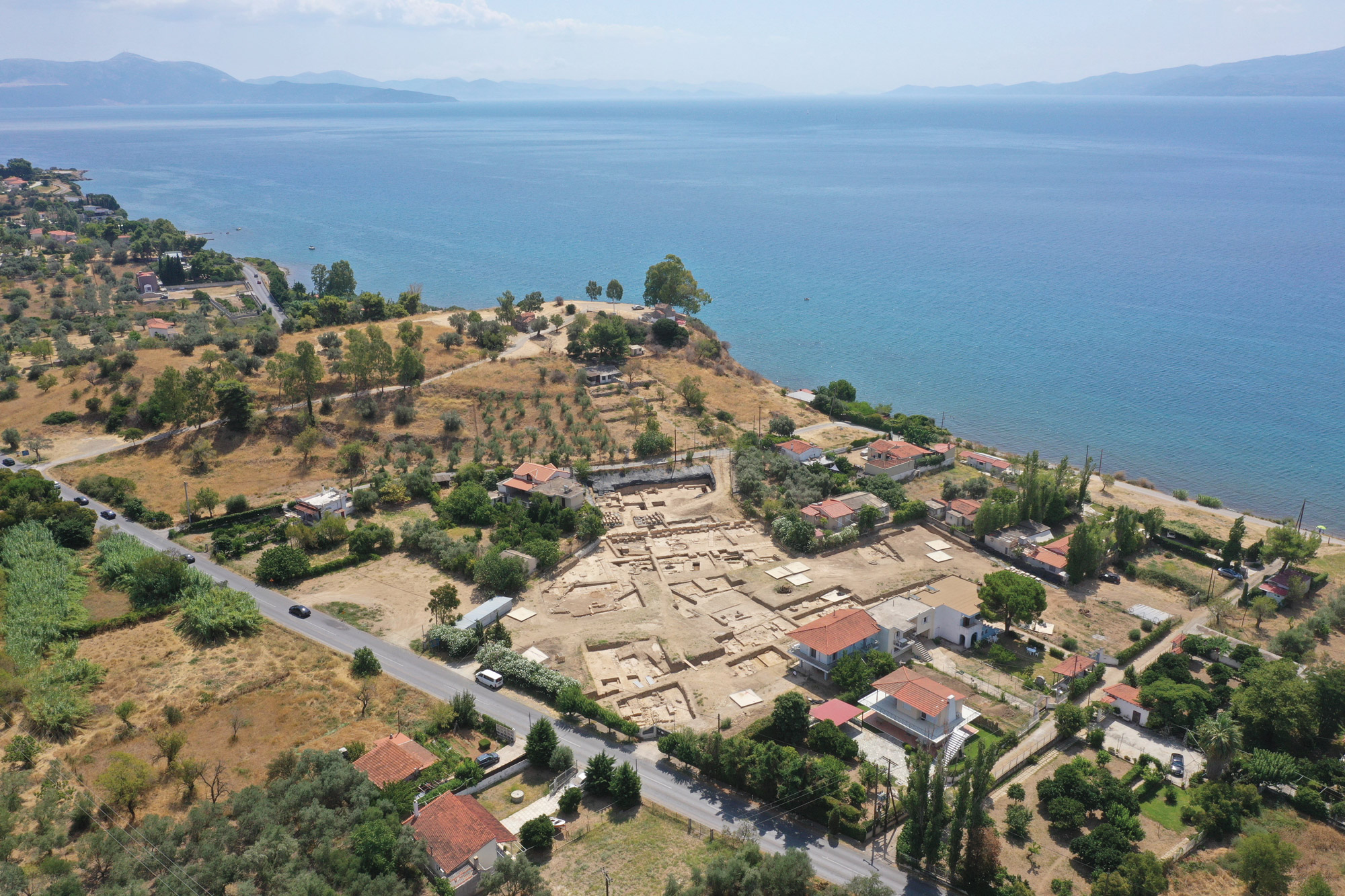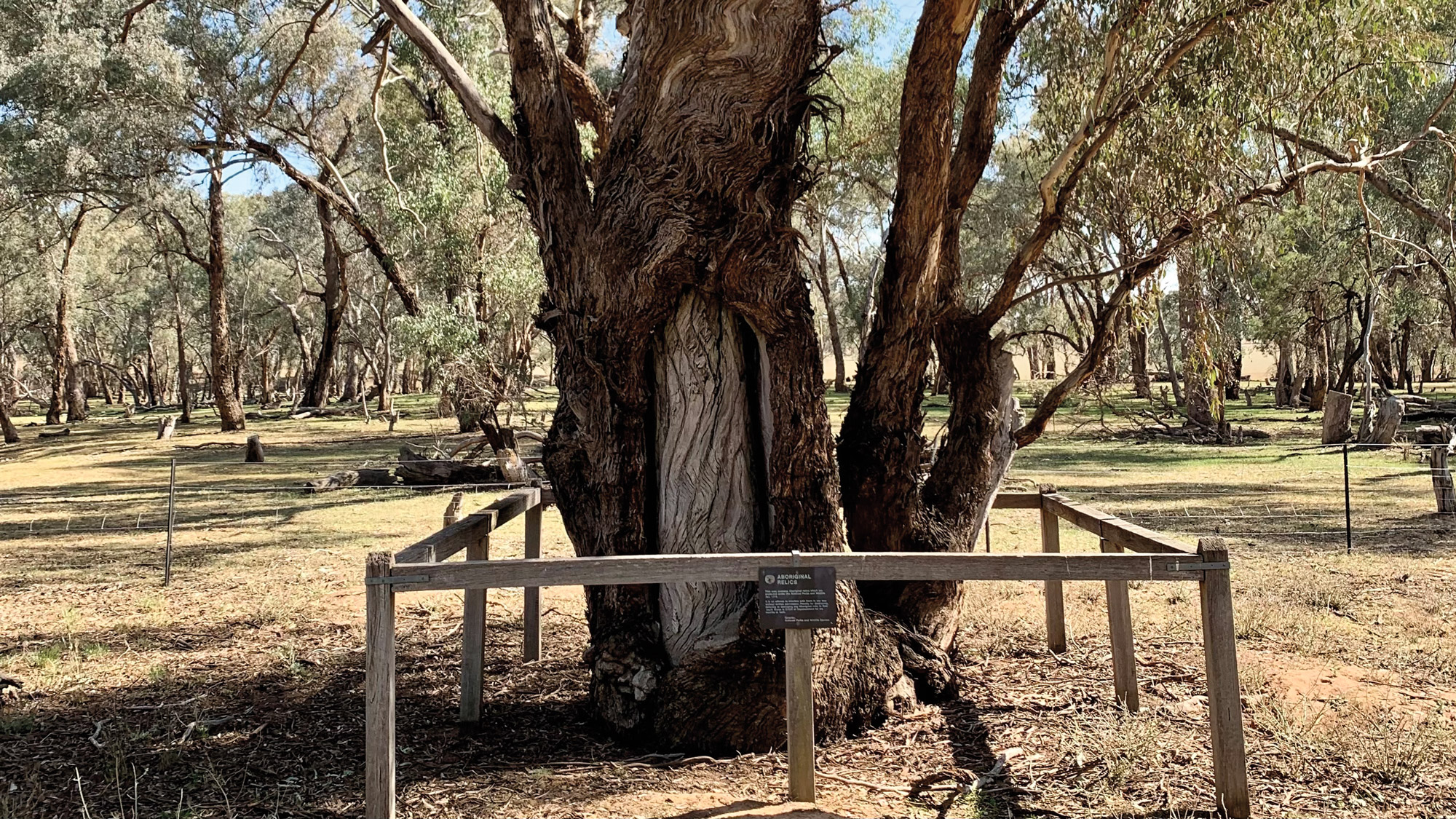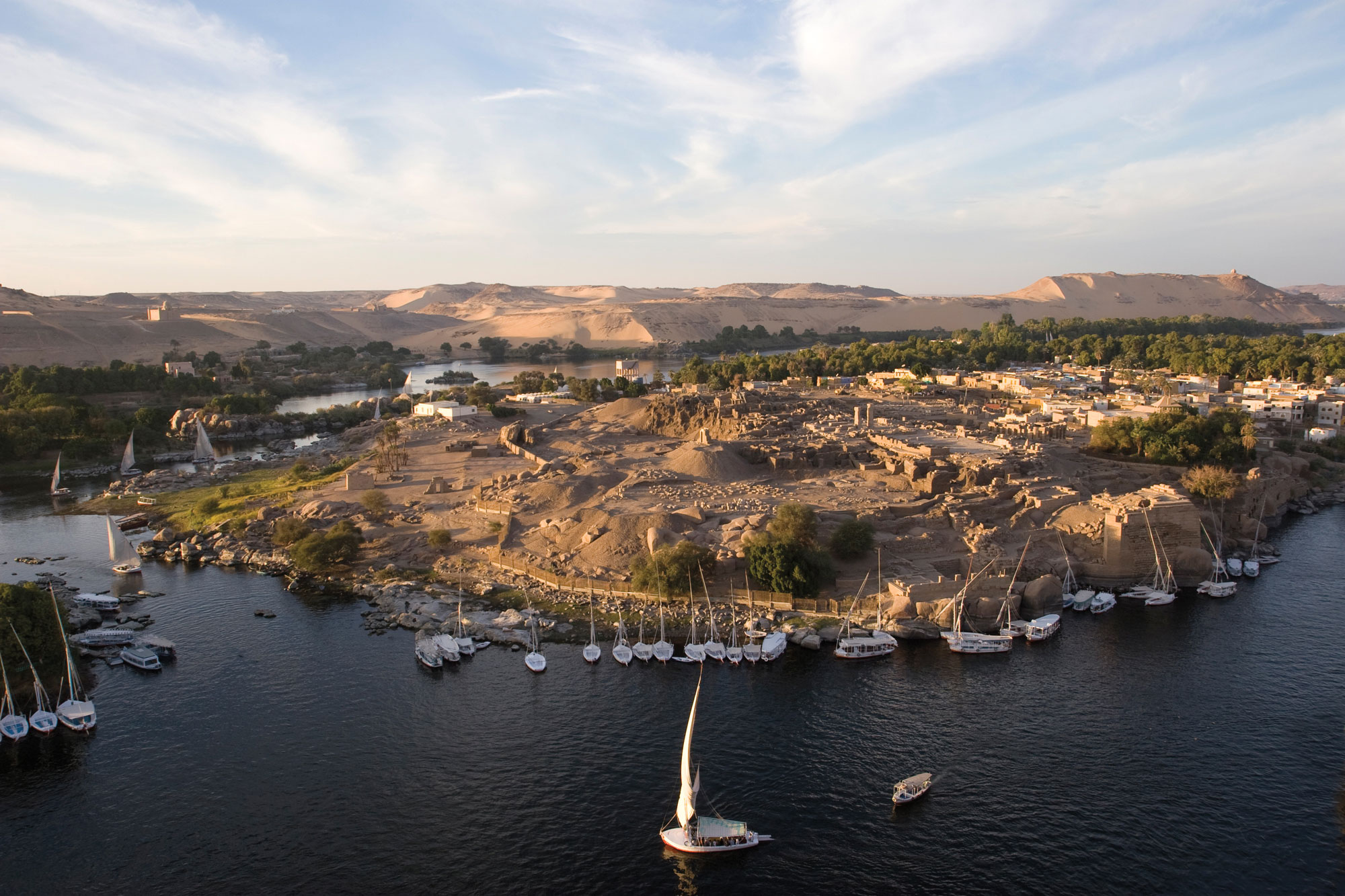
JERUSALEM—Live Science reports that archaeologists from the Israel Antiquities Authority (IAA) have uncovered an administration building in the Mordot Arnona neighborhood of Jerusalem that was used for the collection of taxes in the eighth and seventh centuries B.C. Jars bearing inscriptions stating that the contents were the property of the king are thought to have held olive oil or other agricultural products, said Neria Sapir of the IAA. Names on the jar handles may refer to landlords or officials who collected the taxes on behalf of Hezekiah, the king of Judea. But in 701 B.C., the Assyrian king Sennacherib (reigned 704–681 b.c.) conquered much of Judea and laid siege to Jerusalem. The administrative building is thought to have been destroyed at this time because large stones from the foundation were placed on top of the rubble. “We interpret these dramatic changes as a statement by the Assyrian imperial government, intended to convey a political-diplomatic message to the surrounding region and make it clear ‘who is really in charge,’” Sapir and his colleagues explained. When the structure was eventually rebuilt, it was once again used to collect taxes, but the inscriptions from this period indicate that the taxes were paid to the king of Assyria. For more on Sennacherib's reign, go to "The Assyrian Renaissance."


